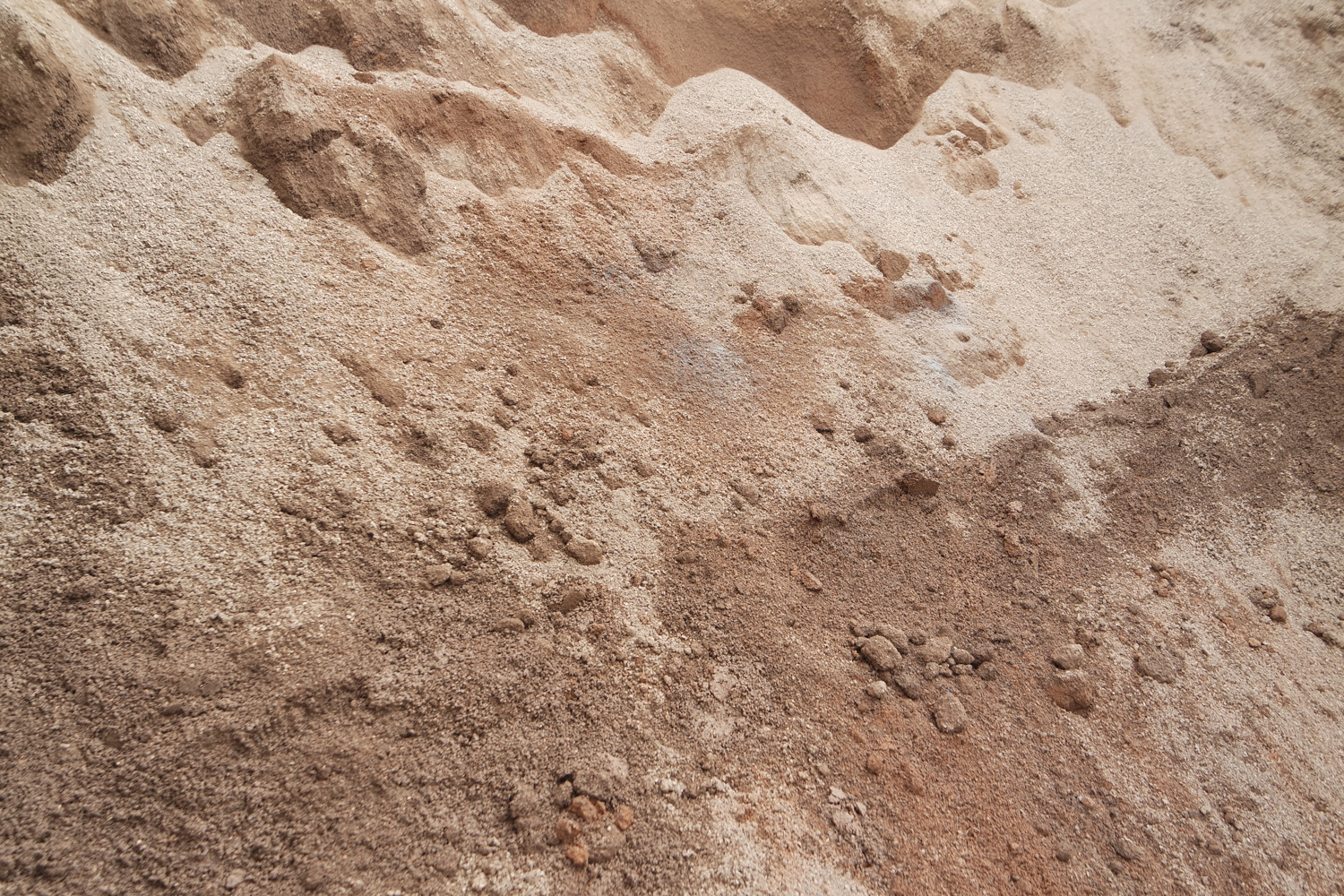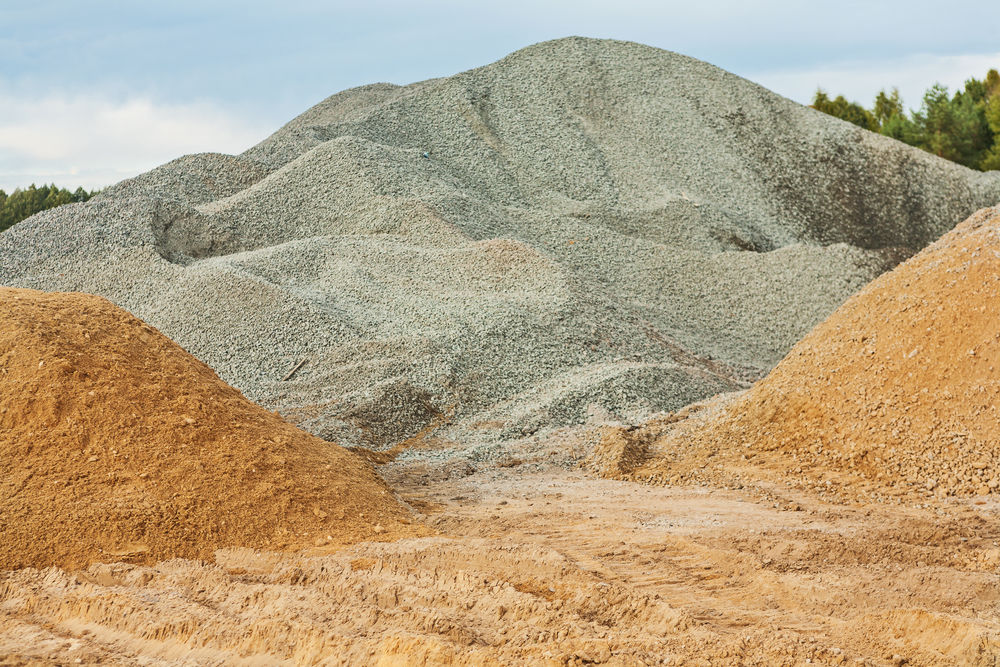This informative article explains what builders sand is and its various uses in construction and other projects.
It’s worth reading for anyone looking to understand this versatile type of sand.
What Is Builders Sand Used For?
Builders sand is commonly used for bricklaying, blockwork, rendering, and mixing mortar.
Its fine texture allows it to bind well in these applications.
It can also be used for laying paving slabs and as a base layer for asphalt.
Overall, builders sand has many uses in construction and DIY projects.
Key Points
- Builders sand is used for bricklaying, blockwork, rendering, and mixing mortar due to its fine texture.
- It binds well and provides a smooth finish for plaster and rendering.
- Builders sand can also be used under paving slabs or as a base layer for asphalt.
Our Opinion
Builders sand is a versatile and cost-effective option for a variety of construction and DIY projects.
Its fine texture makes it ideal for bonding and finishing, while its affordability makes it accessible.
We would recommend it for most home building and renovation needs, from brickwork to rendering.
Always choose the grade and type of sand suitable for your specific application.
What Is Builders Sand?
Builders sand, also known as plasterer’s, bricklayer’s or mason sand, is a soft sand used for a variety of building and construction applications. Here are some key details about this material:
- It’s finer in texture compared to sharp sand, making it ideal for rendering, plastering, bricklaying, and as a base or top layer.
- It provides bulk and strength to materials like asphalt and concrete.
- Its fine texture makes it a great bonding agent for mortar.
- It’s commonly provided to homeowners for DIY construction projects like bricklaying, pointing, and smoothing floors.
- It is similar to but distinct from river sand, screeding sand, and horticultural sand in terms of its composition and uses.
In summary, builders sand is a versatile, fine-textured sand essential for mixing mortar, laying bricks, paving, and smoothing floors. Its composition makes it ideal for bonding and adding strength to construction materials.
Builders Sand Uses in Construction

Builders sand has many applications in various construction and DIY projects. Here are some of the most common uses of this versatile material:
- Mixing with cement and lime to make mortar for laying bricks, blocks and pointing.
- As a base layer for paving to provide a smooth, level surface before adding paving slabs or blocks.
- Smoothing and levelling concrete floors before final finishes.
- Bulk ingredient in asphalt used for road construction and driveways.
- Mixing with topsoil as a growing medium for turf and lawns.
- As a jointing material between patio slabs to fill gaps and provide stability.
- Adding to render to provide extra strength and workability.
The fine texture and ability to bind well makes it suitable for these varied uses. It’s an essential material on construction sites and for DIYers working on projects around the home and garden.
Understanding the characteristics and applications of this versatile sand allows you to select the right type and grade for your specific building or landscaping needs.
Using Builders Sand for Drainage
In addition to construction applications, builders sand is commonly used to improve drainage in gardens and landscaping projects.
Adding a layer of coarse sand underneath turf or soil creates voids that allow excess water to drain away easily. This prevents waterlogging and helps plants thrive.
Sand is also used in drainage trenches around foundations and retaining walls. Perforated drainage pipes are laid in these trenches, then surrounded by sand before backfilling with soil.
The sand provides a porous medium for groundwater to flow into the pipes. From there it can be directed away from the structure to prevent flooding or damage from rising damp.
Sand is an ideal material for drainage applications because it’s inert, stable and allows water to percolate through easily. Using the right grade is important – builders sand is coarser than other sands so allow greater permeability.
Thus, understanding the drainage qualities of this versatile material allows you to use it effectively for reducing flood risk around your home or garden.
Builders Sand for Mortar and Concrete
In construction, builders sand is a key ingredient in mortar and concrete mixes. It provides bulk and strength to these materials as an aggregate component.
Mortar consists of sand combined with cement and lime. It is used for laying bricks and blocks. The sand acts as an inert filler material that provides body, workability and reduces shrinking and cracking as the mortar dries.
Having the right sand gradation is important for optimal mortar performance. Builders sand has a particle size distribution that provides a good bonding surface for the cement paste.
Concrete also relies on sand as an aggregate. Here it makes up around 30% of the total volume and ensures the concrete is strong and durable when hardened.
The coarse particles provide a stable skeleton structure that resists shrinkage. Concrete sand is usually a finer grade, but they are sometimes used interchangeably.
Understanding the role of sand in these ubiquitous construction materials gives you insight into why having an appropriate grade is so important for strength and workability.
Uses of Builders Sand in Horticulture and Landscaping
In addition to construction applications, it has some key uses in horticulture and landscaping. Its particle size and composition make it a handy material for a variety of gardening and planting needs.
Spreading a layer of coarse builders sand is recommended at the base of artificial grass installations. It provides ideal drainage below the fake turf to prevent waterlogging.
For natural lawns, a top dressing of builders sand can help level any depressions or holes. It fills in low spots to create an even surface. As an extremely porous medium, it aids drainage in garden beds and planters. A couple inches blended into the soil improves aeration and reduces waterlogging.
Sand paths and walkways made from compacted builders sand provide a stable, permeable surface. They let rain soak through while avoiding muddy patches.
Thefore, understanding these diverse horticultural applications highlights the versatility of builders sand beyond just cement and concrete. Its properties make it a useful amendment for gardens and landscapes.
FAQ
Should I use sharp sand or builders sand?
Builders sand is finer and more suitable for general construction purposes like mixing mortar. Sharp sand has slightly larger grains so it provides better drainage and is often used in concrete.
What is the difference between building sand and normal sand?
Building sand, also called plasterer’s, bricklayer’s, or mason sand, is washed and filtered for consistency. Normal sand may contain small pebbles, organic matter, or clay, making it less ideal for construction uses.
Can I use building sand for laying slabs?
Yes, building sand can be used underneath slabs to provide a level, compact base. Sharp sand is also commonly used for this purpose.
What’s the difference between building sand and plastering sand?
Building sand is coarser than plastering sand. Plastering sand is very finely ground for mixing to a smooth, consistent texture for plaster and rendering.
Conclusion
Builders sand, sometimes called plasterer’s or bricklayer’s sand, has several uses in construction and DIY projects. Its most common uses include mixing mortar for bricklaying and blockwork, rendering and plastering, paving slabs, and asphalt. In essence, the main advantages of builders sand are its fine texture which binds well, and its versatility for various applications. When choosing sand, it’s important to select the right type for your specific needs.

